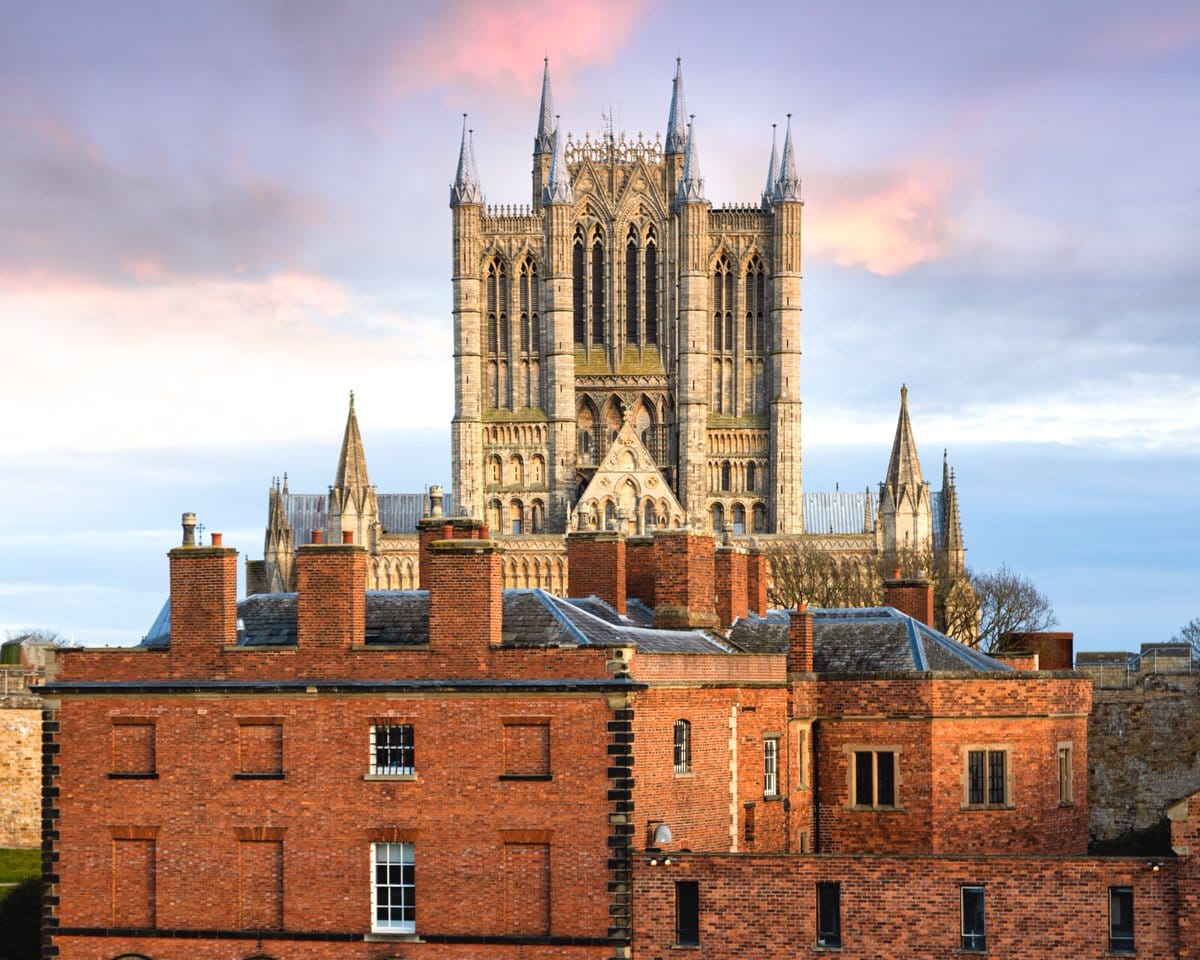
I have a photo shoot in Southwell, but visit Lincoln on the day before the shoot. I arrive in Lincoln feeling anxious. It's one of those subversive kinds of anxiety - in the background, pinching.
The west front of the cathedral at Lincoln is free of scaffolding. I haven’t seen the west front without scaffolding for a long time, so I want to get the shot.
Before I head up to the castle I find myself besides a plain wall. It seems to amplify my anxiety. I turn to walk away until I’m snagged by the curious bend in the street. I get my camera out and let it lead the way. It settles me.
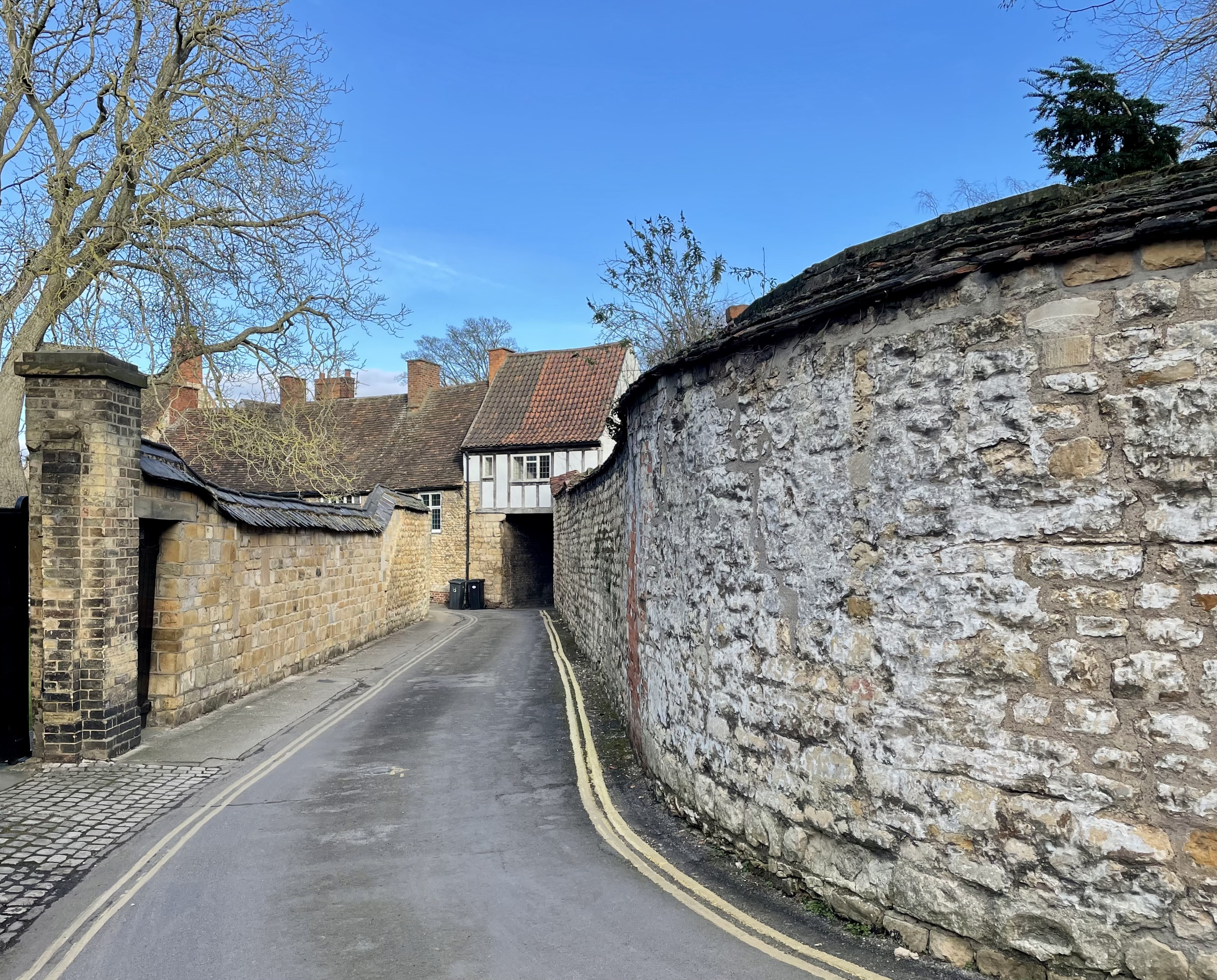
My lens tucks into the curve of the street and rests on a stud and timber gatehouse. The walls are topped by slate and pantile. Pantiles are my favourite roofing material. Their form is a kind of sculptural onomatopoeia: egressing along the rivuleted tiles run the rivulets of rain.
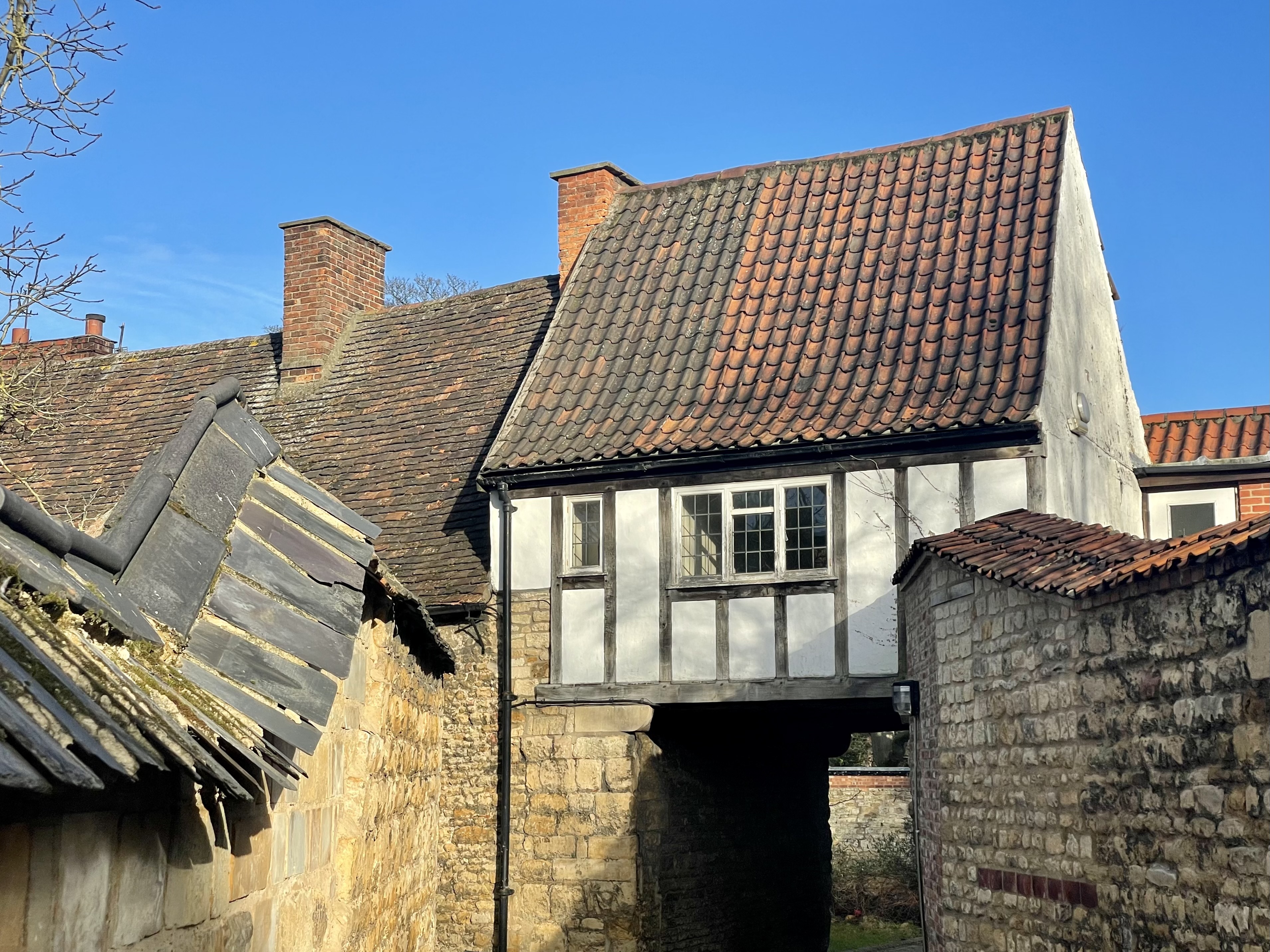
I photograph the walls and feel oddly comforted.
The walls are not mute. They tell me of the people that first came here, they impart the clay that lies beneath, they teach me of the geology of this place and reflect the pattern of nature. They consummate boundaries that are possibly two thousand years old, and protect plots of land that were once tilled by Romans: the soil here is rich with their detritus.
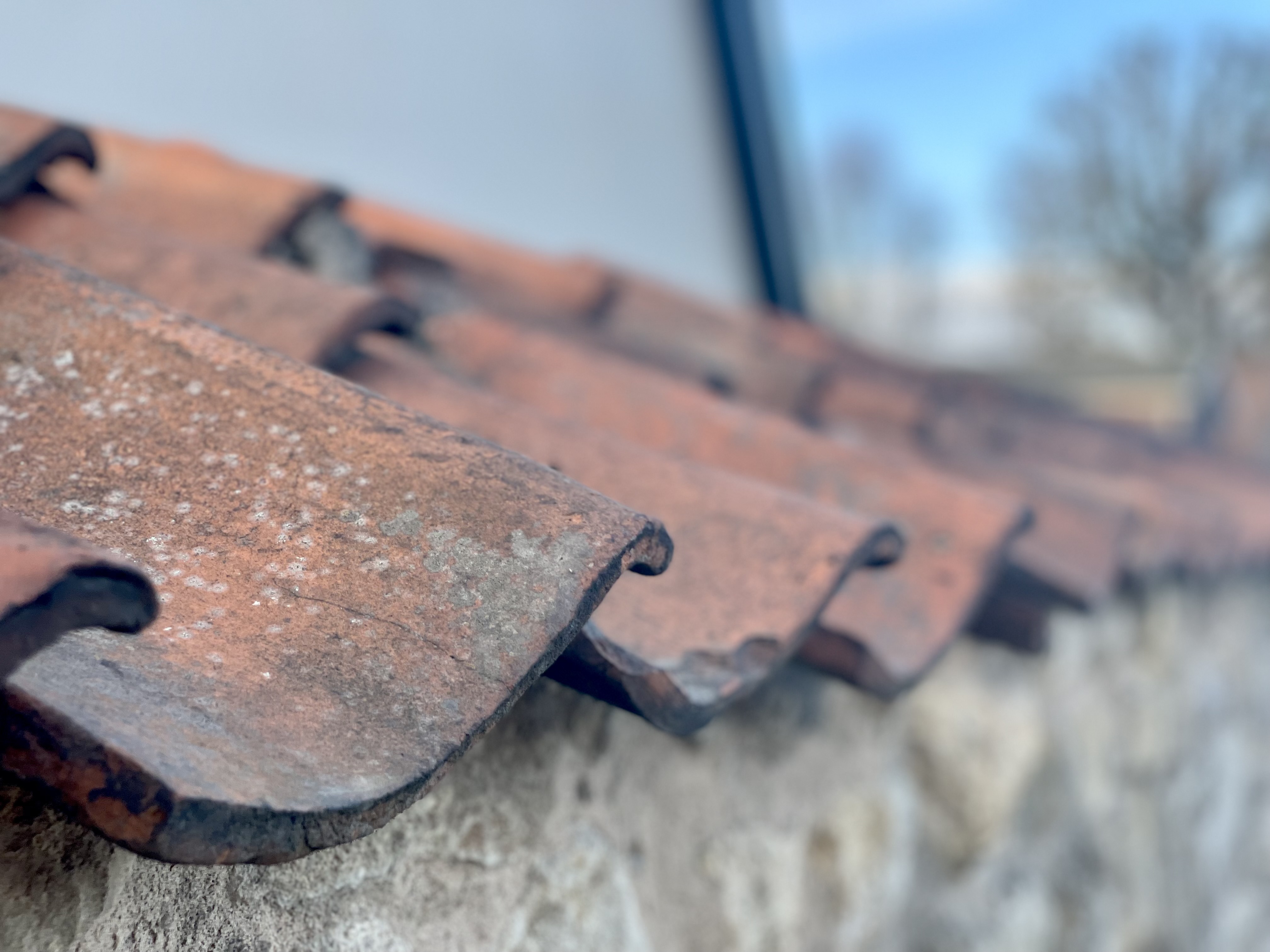
In Kassel, Germany there is a brass rod that presents itself on the surface as a disc that's 5.1cm in diameter. The rod extends into the earth by one kilometre and I've heard that standing on the spot induces a peculiar sense of objectivity and a wider perception of your place in this world. These walls are just like that.
This street, James Street, was once called Vinegar Lane - which in turn was thought to be a corruption of Vineyard Lane - indicating the existence of early vineyards in the area. Time-lapse these boundaries back to their origins and they might shrink in size, then morph from oolitic limestone and brick into staves of ash, and then, into a gravelled ditch skirting the edge of a vineyard that flows like the pantiles I photograph today. These walls echo the bounds of centuries of activity - they are rooted back in time like the Vertical Earth Kilometre.
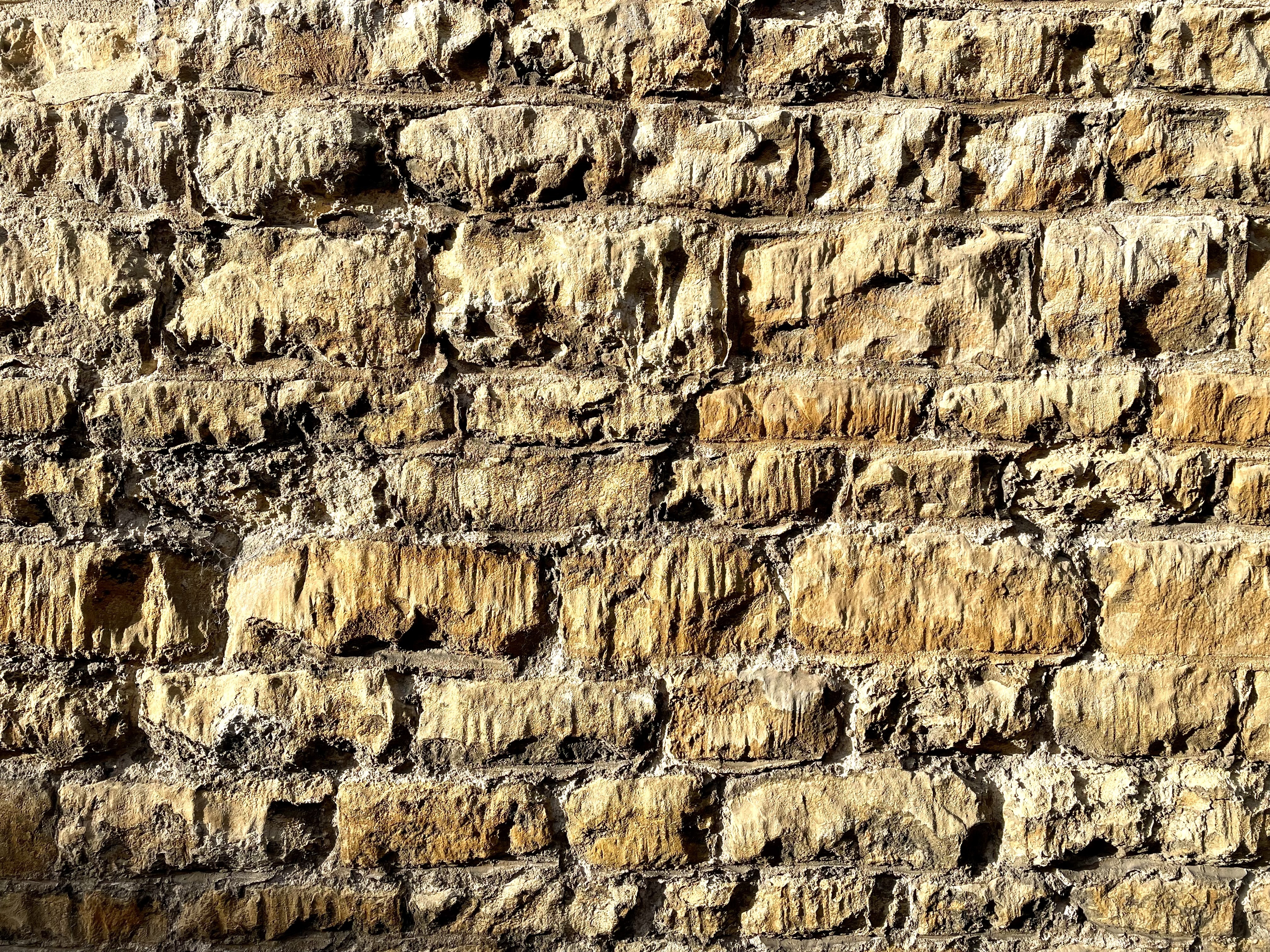
These days we are told that it’s best to be in the moment, to be present. For me, places like this justify, affirm and underpin the small brass circle of the here and now. They add a sense of rootedness and continuity; a relieving shift from our ‘just in time’ world, one that offers a relationship with the present that’s nourished by the past.
I’m reminded of David Whyte’s words: "Let the rest in this rested place rest for you."
I feel satiated.
This place, decanted through human occupation, has resolved itself. It is its rested state that is so potent.
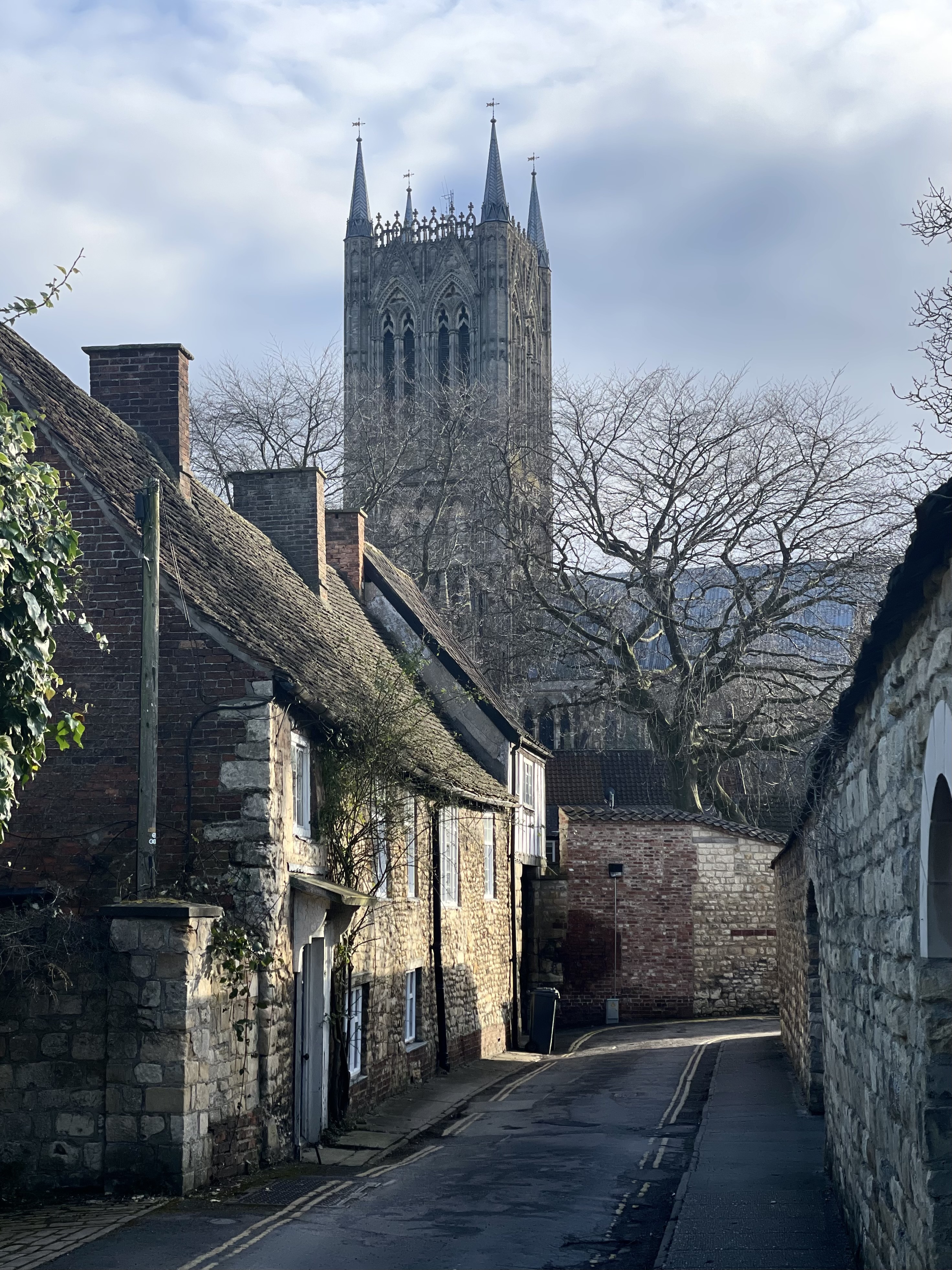

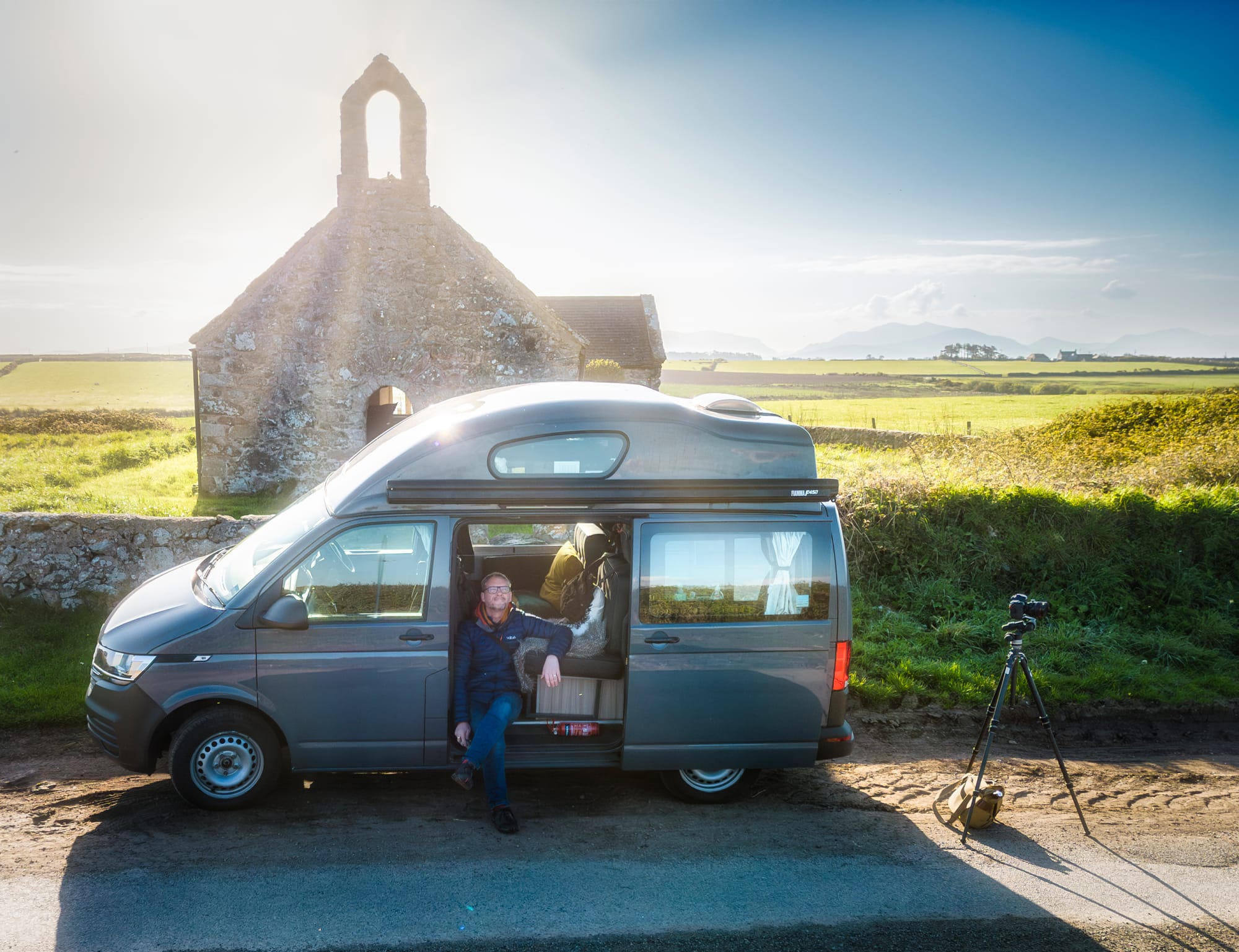
Subscribe to my Genius Loci Digest for free
'This Digest helps keep the past alive as a memory bank. Many of the answers can be found in the wisdom that sits in places, because buildings that survive from the past are the mouthpiece of history. In this Digest I tell stories about them and my encounters with them.'
SubscribeSpirit of Place * History * Material Culture * Heritage * Continuity * Photography * Travel * Architecture * Vanlife * Ways of Seeing * Wellbeing * The Historic Environment * Churches * Art * Building Conservation * Community * Place Making * Alternative Destinations * Hidden Gems * Road Trips * Place Writing *
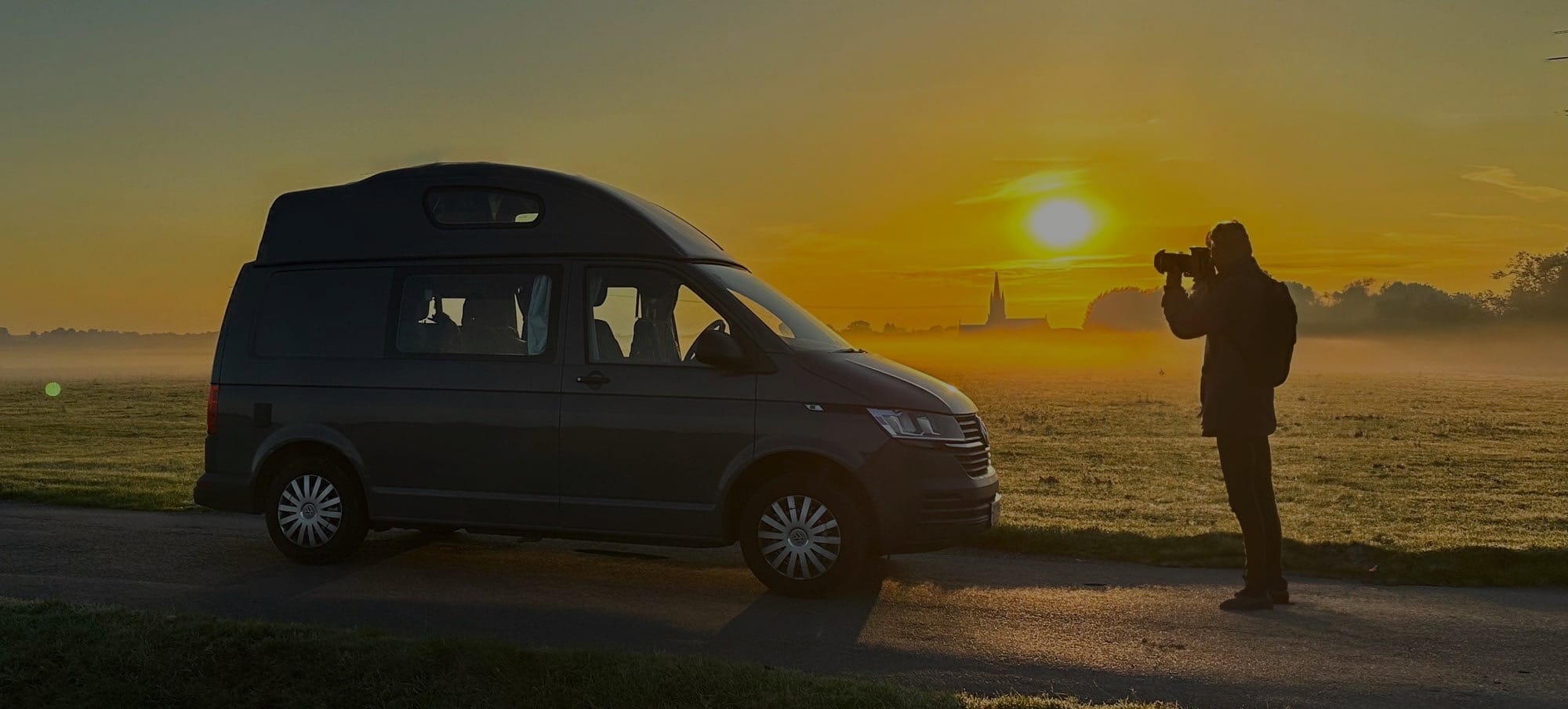

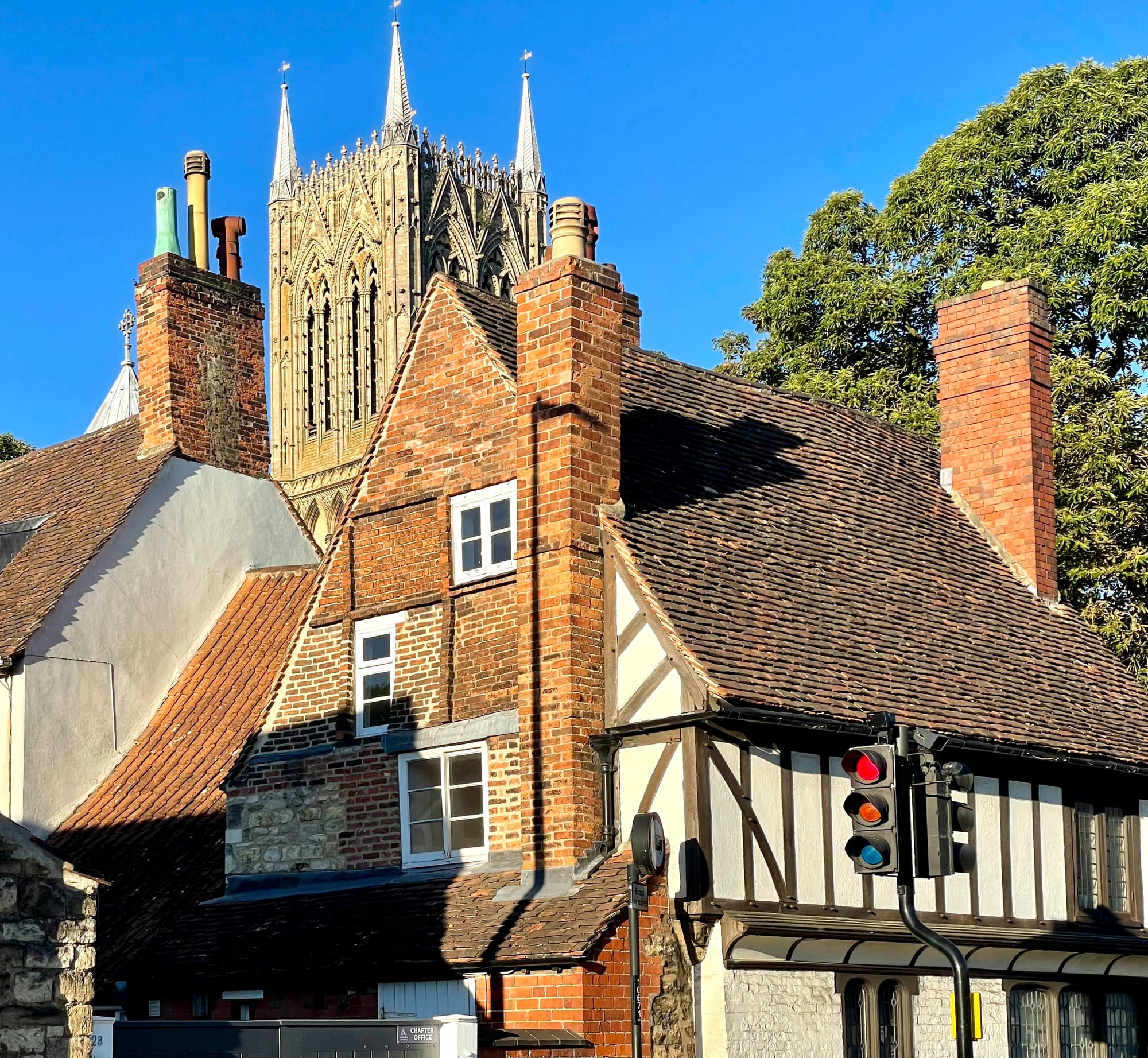




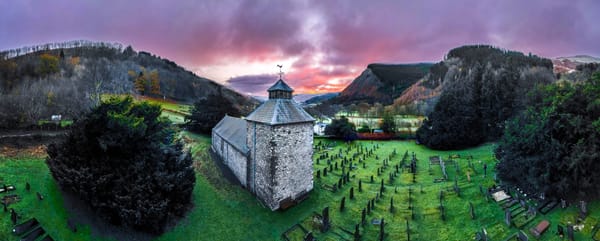
Member discussion